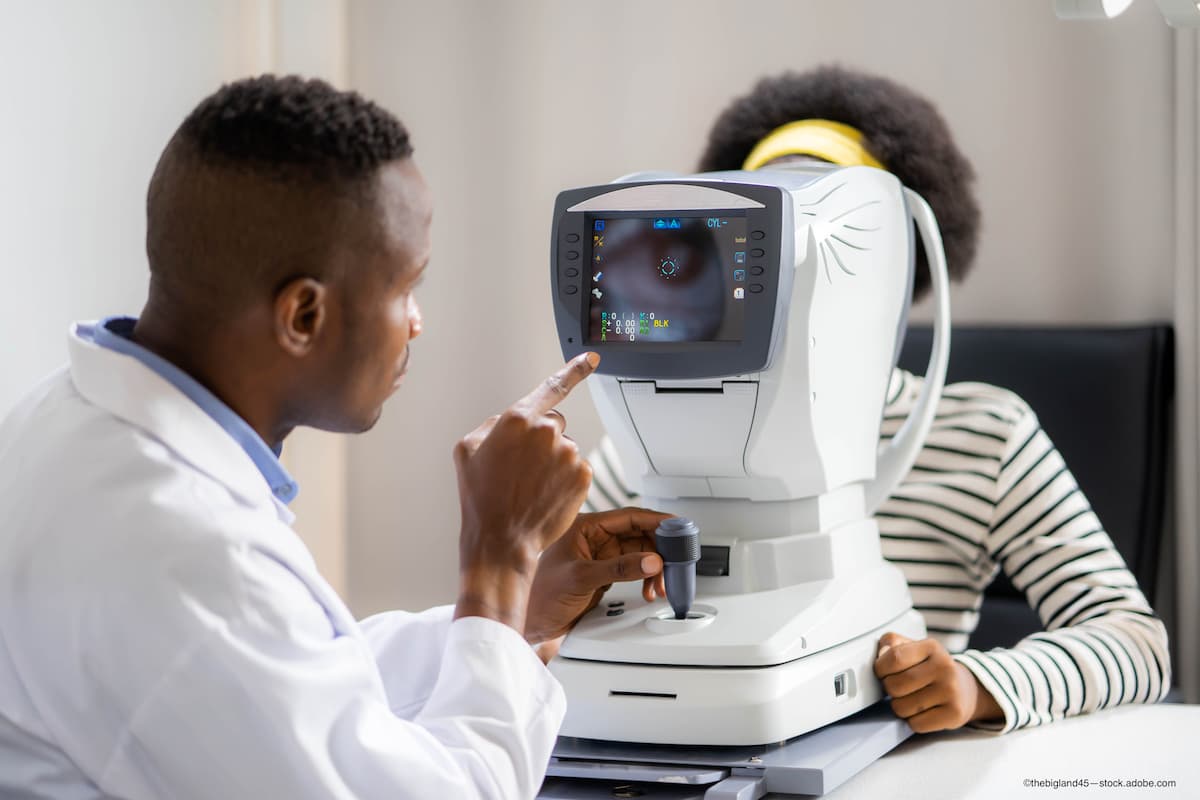Relationship between dry eye disease and high myopia in teenagers investigated in study
In a poster presented at the Association for Research in Vision and Ophthalmology’s 2022 annual meeting, Dr Osama Ibrahim Hirayama and colleagues offered results that demonstrating that anisometropia and astigmatic error were greater among the patients with high myopia compared with the other groups. Compared with the subjects with no myopia, those with high myopia reported significantly more dryness, less photophobia, and less pain.

A team of investigators has examined the relationship between dry eye and high myopia in Japanese teenagers and found what appears to be a reciprocal relationship between the disorders, according to a poster presented by Dr Osama Ibrahim Hirayama at the Association for Research in Vision and Ophthalmology’s 2022 annual meeting in Denver, Colorado, United States.
Dr Hirayama and colleagues from the Department of Ophthalmology at Keio University School of Medicine in Tokyo, conducted a retrospective, descriptive, consecutive case series to compare the dry eye conditions in 106 patients (age range, 10-19 years) with high myopia (mean age, 16.4 ± 2.2 years), 494 patients with mild myopia (mean age, 15.0 ± 2.6 years), and 82 subjects with no myopia (mean age, 13.8 ± 2.6 years).
All participants were assessed for myopia, astigmatic error, anisometropia., intraocular pressure, tear film break-up time, and fluorescein staining. A questionnaire was administered to record the dry eye-related symptoms of dryness, irritation, pain, fatigue, blurring, and photophobia.
The results showed that anisometropia and astigmatic error were significantly (P < 0.001) greater among the patients with high myopia compared with the other groups. Compared with the subjects with no myopia, those with high myopia reported significantly more dryness (P = 0.034), less photophobia (P < 0.001), and less pain (P = 0.039).
Except for fatigue, most symptoms were associated with the myopic error, that is, dryness (β = -0.127, P = 0.004), photophobia (β = 0.117, P = 0.002), and pain (β = 0.084, P = 0.034). The astigmatic error (β = -0.231, P < 0.001), anisometropia (β = -0.191, P < 0.001), short tear break-up time (β = -0.086, P = 0.028), and presence of diagnosed dry eye disease (β = -0.112, P = 0.003) were correlated with the myopic error.
“The current study demonstrated the significant clinical findings dry eye disease in patients with high myopia and indicated that dry eye disease might be associated with high myopia in teenagers,” investigators concluded.
